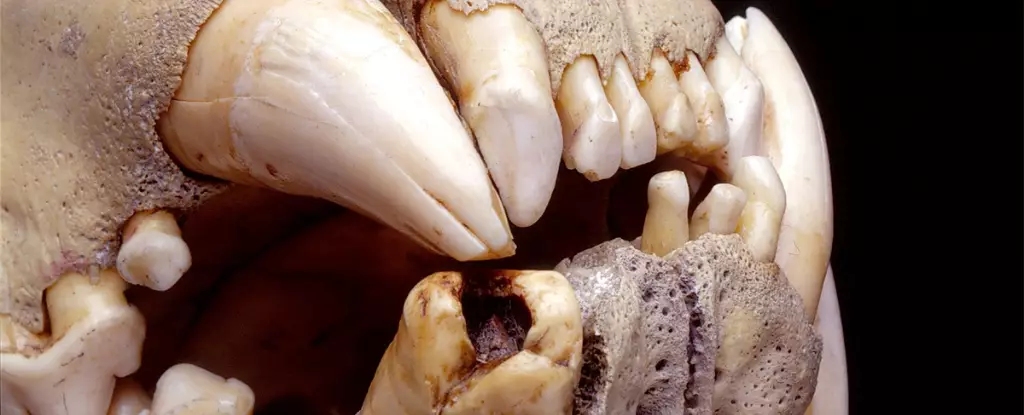The haunting tale of the Tsavo lions captures the imagination, blending adventure, horror, and the complex relationship between humans and nature. These lions famously became known as “man-eaters” during the late 19th century, when they reportedly killed numerous railway workers building a bridge in Kenya’s Tsavo region. While wildlife attacks on humans remain rare, this incident serves as a poignant reminder of the unpredictable and sometimes perilous interactions between humans and wildlife. Recent scientific studies have sought to peel back the layers of myth surrounding these lions, using advanced techniques to understand not just the dietary habits of the lions but also the underlying causes of their unusual predatory behavior.
The attacks began in March 1898, coinciding with the arrival of Lt. Col. John Henry Patterson, who was tasked with overseeing a significant railway project connecting Kenya and Uganda. As thousands of Indian laborers worked under challenging conditions, early reports of lion attacks began to emerge. Patterson, initially skeptical, soon found himself in the grip of horror as lions began systematically preying upon the workers. The phenomenon escalated as the lions, notorious for their lack of manes, displayed increasingly audacious behavior. No longer content with solitary strikes, the lions began coordinating their attacks, leading to a prolonged effort by Patterson and his team to confront and eliminate the threat.
The narrative surrounding the death toll attributed to these lions has often been sensationalized, with some estimates suggesting they claimed the lives of over 135 people. However, recent analyses have proposed a more cautious figure of around 30 victims, although this abstraction is still unsettling. The disparity underscores a broader issue regarding sensationalism in historical narratives and the need for rigorous scientific investigation to establish factual clarity. The eventual killing of the lions by Patterson marked the end of a gruesome chapter, but the story did not conclude there—both lions were preserved and became subjects of ongoing study years later.
Decades after the killings, the remains of the Tsavo lions were discovered in a storage facility at the Field Museum in Chicago, leading to a renewed interest in their story. Eco-biologist Thomas Gnoske and a team of researchers meticulously examined the skulls and remnants of the lions, revealing a treasure trove of ancient DNA trapped in the animals’ teeth. Utilizing advanced mitochondrial DNA techniques—which are particularly effective in preserving various biological specimens—they were able to identify a range of prey species. Among these were common ungulates such as giraffes, waterbucks, and zebras. Significantly, they also confirmed the presence of human hair, lending credence to the historical accounts of human predation.
Understanding why these particular lions turned to humans for sustenance has become a focal point of recent research. The examination of the lions’ dental remains led scientists to speculate about health issues that may have impaired their hunting abilities. Some researchers propose that dental damage could have hindered the lions’ capability to hunt more common prey, making the flesh of humans a more accessible target during a time of scarce resources. Furthermore, the dramatic decline in local buffalo populations due to rinderpest disease—a viral condition that decimated ungulate numbers in the region—could have pressured these lions to innovate and adapt their hunting strategies.
While this research has unveiled fascinating insights into the dietary habits and environmental challenges faced by the Tsavo lions, ethical considerations remain. The researchers have collectively chosen to avoid in-depth DNA analysis of human hairs to respect the potential descendants of the victims. In light of current community sensitivities, they have made a commitment to prioritize ethical research practices, focusing on responsible engagement with local populations and educating them about the implications of these studies.
The Tsavo lions epitomize the intricate tapestry woven from historical myth and scientific inquiry. Their story offers a potent lesson on the necessity of understanding wildlife behavior within a broader ecological context. As scientific advancements continue to unravel the complexities behind these extraordinary predators, we are reminded that knowledge can lead to informed conservation, promoting coexistence between humans and the wild residents of our planet. In a world where human encroachment is often at odds with wildlife, the insights garnered from the Tsavo lions serve as a valuable cautionary tale.


Leave a Reply